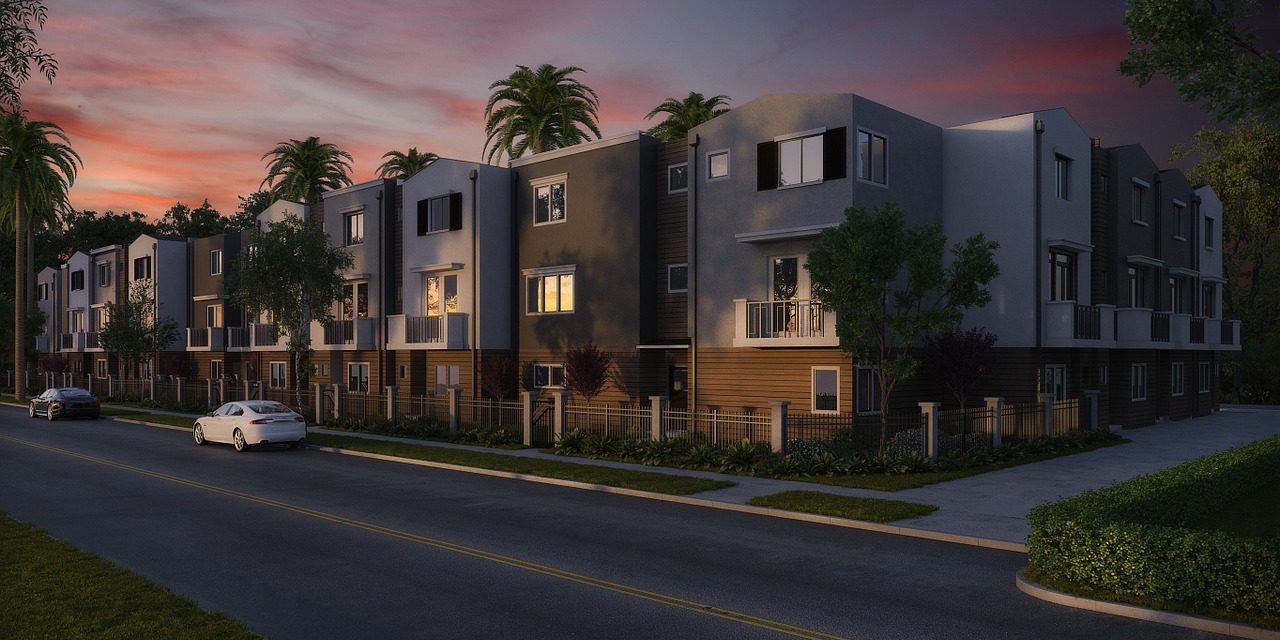California’s high cost of renting has been a drag on renters’ incomes ever since the recovery took off in 2012.
Today, it’s common for renters to pay half or more of their monthly income on rent, especially in California’s coastal, urban areas like Los Angeles and the Bay Area.
Experts agree renters ought to pay no more than one-third of their income on rent in order to keep their personal finances healthy. For example, in San Francisco, competition has become so fierce a new website allows potential renters to place bids directly against each other — think eBay for rentals. The result has been higher rents for all involved.
California’s rent crisis is problematic not just for renters, but for real estate professionals whose future earnings from first-time homebuyers are determined by today’s renters’ ability to save — severely diminished when half or more of their paycheck goes toward renting their current residence.
But the good news is, the pace of increase has slowed in 2016, giving renters a much-needed break.
As of October 2016, rents have increased over the past year among California’s most populous metropolitan areas by:
- 6.3% in Sacramento;
- 5.0% in San Diego;
- 5.0% in Los Angeles;
- 2.8% in Riverside;
- 2.7% in San Jose; and
- 2.6% in San Francisco, according to Zillow’s rental index.
Though it is true that the annual pace of increase across California is still higher than the national average — 1.7% as of October 2016 — this reductive year-over-year figure doesn’t reflect the fact that rents in some of these metros have actually decreased in recent months.
Just a year earlier, the annual change in rents was much higher, with over a 12% annual increase in San Francisco and an 11% annual increase in San Jose. Southern California’s annual rent rise has also trended down in recent months, though not as significantly.
While rents remain 2%-3% higher than a year earlier in the Bay Area, rents have decreased from mid-year. In San Francisco, the average price-per-square-foot for a rental was $2.25 in October 2016, down from $2.34 in June. San Jose has experienced a similar downward trend since the summer.
The future of rents
Zillow forecasts California rents will continue to rise in the coming year, though this trajectory will flatten and continue at a flat pace in most metros. This is consistent with the (slow) rise in multi-family construction, which adds to both the condominium and rental inventory.
Further, renters are simply maxed out at current rent prices, since average incomes have been slower to rise than rents. Many working residents have been forced to move outside their city into the suburbs to combat fast-rising rents. In turn, landlords are seeing less competition for the same units, causing the price of rents to increase more marginally.
But letting the crisis fix itself by waving goodbye to a city’s service workers, teachers and other residents with limited incomes is not great for the economy or the city’s other residents who rely on these workers.
Construction of new rentals needs to pick up. For that to happen, local city councils need to adjust zoning laws to allow for taller, denser residential units. At the state level, the government can offer more incentives to builders who set aside units for low- and moderate-income housing.
Some of these positive changes are already taking place in California, with local and state legislators making it easier for homeowners to add secondary units. But more legislative action needs to occur before renting can become a more reasonable financial pursuit.















